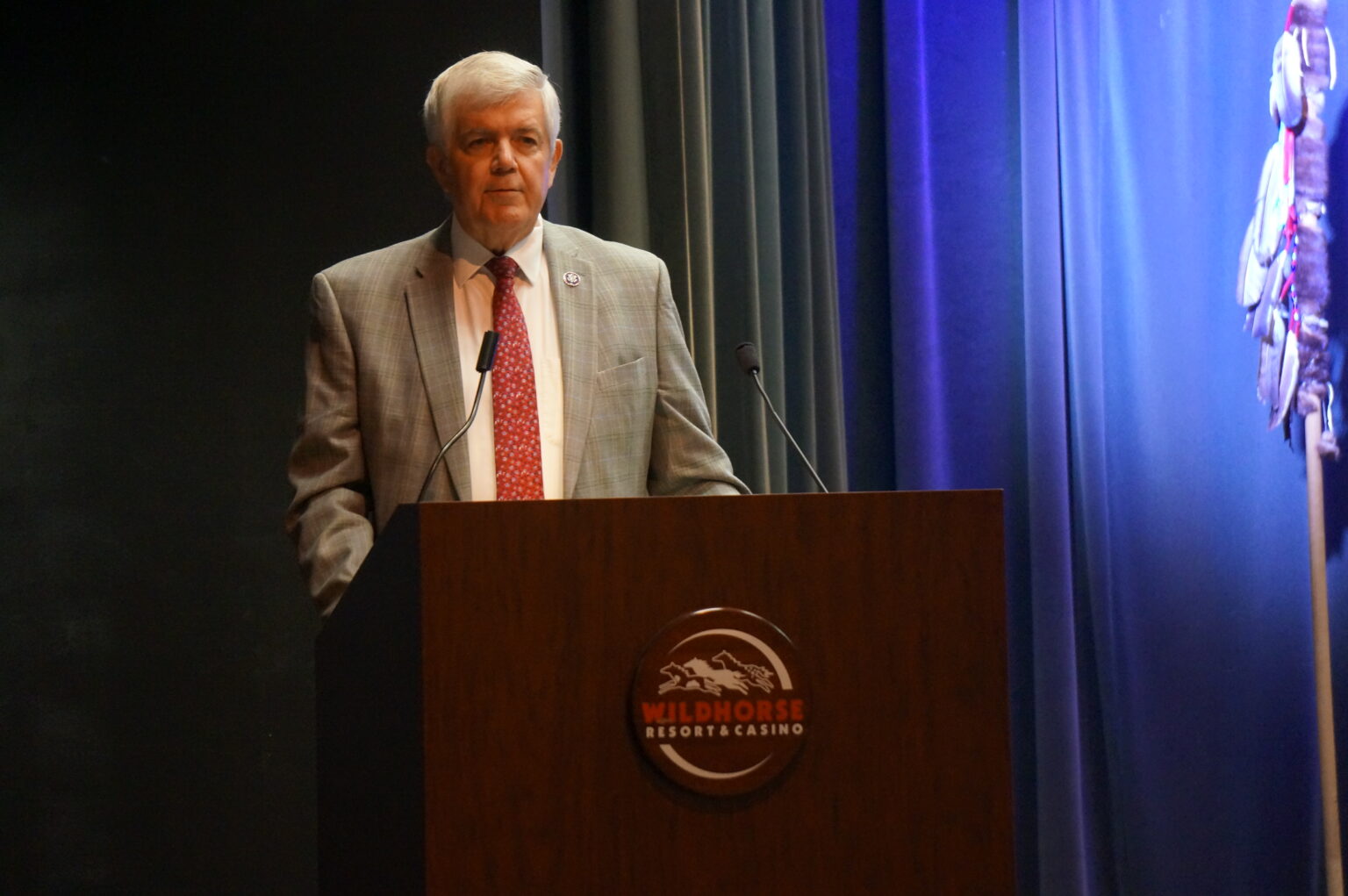Stellar snowmobile season wrapping up in Northeastern Oregon
Published 9:47 am Monday, April 14, 2025


The snowmobile season is waning but a lack of snow isn’t the reason.
After one of the snowier winters in the past quarter century in Northeastern Oregon, the drifts still lie deep even with spring three weeks along.
“I was absolutely astounded at what we have at West Eagle,” Chris Case, a member of the La Grande Sno-Drifters snowmobile club, said on April 7.
Trending
Two days earlier, Case rode his snowmobile to West Eagle Meadows in the western Wallowa Mountains of Union County.
Although the snow depth had receded a bit from the season peak of about 10 feet, Case said it still was several feet deep.
“It was probably one of the best seasons we’ve had since the 2016-17 winter,” he said.
About 18 miles east, in the southern Wallowas, the snow in early April was 15 feet deep at Fish Lake, said Duane Miles, vice president and grooming chairman for the Panhandle Snowmobile Club in Halfway.
The club put up a pole, with marks at 1-foot increments, to measure the snow there more than 20 years ago.
And a very tall pole it must be to remain useful throughout many winters, since the snow can occasionally exceed 20 feet, Miles said.
Trending
This winter was especially welcome after last year’s relatively dismal snowpack, Miles said.
The snow never topped about 8 feet on the Fish Lake pole, he said.
Miles, Case and other snowmobile enthusiasts around the region said that even in years when snow lingers well into spring, by the end of March most snowmobilers have stored their sleds for the season.
“They go on to other toys,” Miles said.
“People get busier with kids in sports, or they want to get their garden or lawn looking good,” said Brandon Christensen of the Tollgate Trail Finders club, which grooms trails in the northern Blue Mountains around Highway 204.
Nonetheless, snowstorms that continued after the equinox have kept many trails in decent shape.
“The conditions off and on have been really good,” Christensen said on April 7. “I had friends up last week and they had great riding.”
Snowmobile clubs stop grooming by April 1.
Christensen said trails revert then to mixed use, meaning snowmobiles share routes with track-equipped ATVs as well as wheeled vehicles, such as heavily modified four-wheel drives with massive tires, which can run with very little air pressure so they don’t dig as deeply into snow.
“There’s plenty of snow for everybody to enjoy,” Christensen said.
Mike Bogart of the Sumpter Snowmobile Club said he heard reports this winter of 8 feet of snow at Greenhorn, at the western tip of Baker County and the highest incorporated town in Oregon, at 6,300 feet.
“I would say it was a good season overall,” Bogart said.
And despite the end of grooming, the snowmobile season is far from over, said Kathy Reedy of Baker City.
Reedy said she and her partner, Gary Olson, ride well into spring so long as there’s snow at the higher elevations.
That’s definitely the case this year, she said.
“We call it spring riding,” Reedy said. “We ride in T-shirts some days.”
The couple also own Oregon Trail Sports in Baker City, a dealer for Polaris snowmobiles.
Reedy said the early snowstorms boosted the business’ snowmobile sales.
Trail grooming budget cut
The 24 clubs statewide that are members of the Oregon State Snowmobile Association, including several in Northeastern Oregon, receive money each year to groom thousands of miles of trails.
The money comes from Oregon’s gas tax and from snowmobile tag fees.
Clubs also receive money from sno-park permit sales to plow sno-parks, of which there are several in the region.
(Permits are required at sno-parks through April 30.)
The operating budget was down 30% from last year, according to a letter from Dennis Jordan, OSSA president.
Miles said the Panhandle Snowmobile Club groomed about 1,050 miles this winter. The club was capped at 1,200 miles due to the budget cut, he said, about 500 fewer miles than usual.
Bogart said the Sumpter club groomed about 1,000 miles, roughly half the usual.
Case said the La Grande club groomed about 650 miles by March 1.











